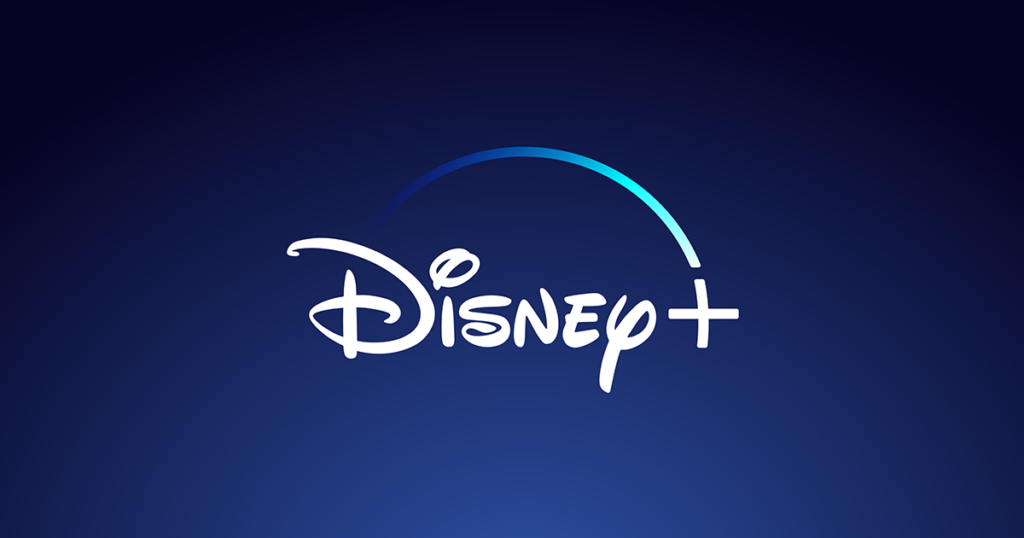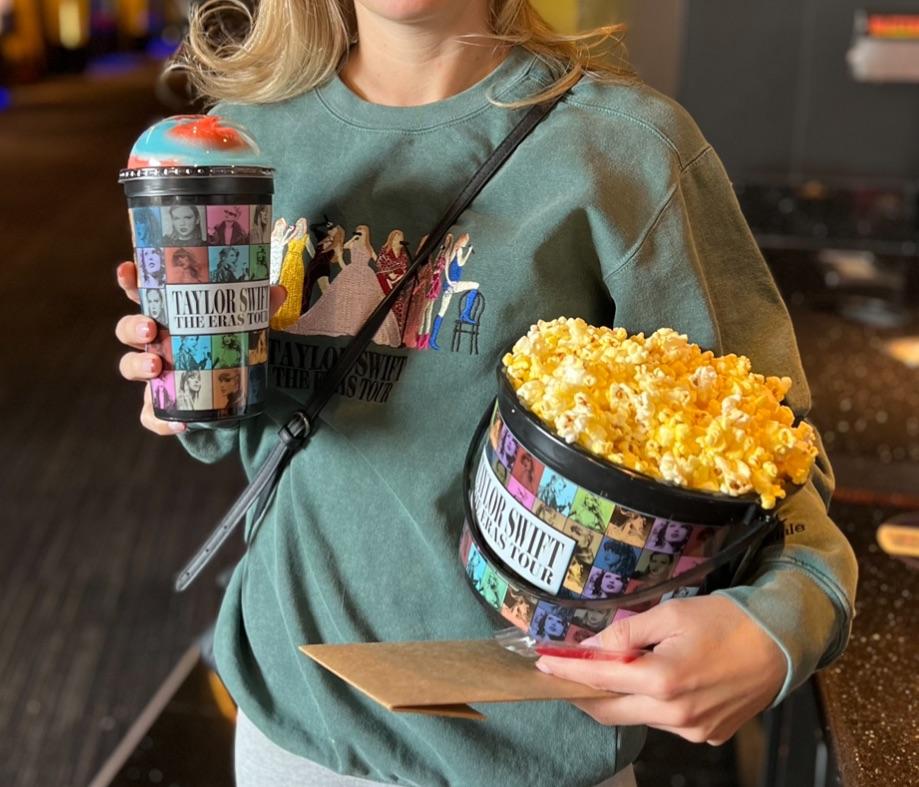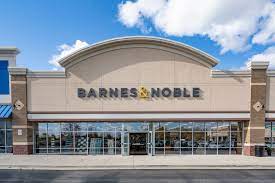Prescriptive B2B Advice from Disney+, Taylor Swift and Barnes & Noble
Don’t look now, but it’s December — the time of year when the media, analysts and strategists look back at the top stories of the past year.
Our purpose in highlighting 2023’s top marketing stories below is to help our prototypical B2B marketers and product managers learn from trends and happenings outside their industry and apply the best lessons to their 2024 plans and strategies. What can marketers of industrial, medical, technical and manufacturing products and services glean from these stories? Read on to find out.
Story #1: Disney+ has almost passed Netflix in subscribers

Earlier this year, Disney+ reported that it had obtained 164 million subscribers worldwide — and that they anticipate reaching 260 million subscribers in 2024. This number would surpass Netflix’s current 232 million count, despite the fact that Disney+ has 20 years less operating history than Netflix.
Like many B2Bs who communicate to end users through captive or independent channels, Disney could have simply licensed their content to existing channels like Netflix and Amazon. This would have been low-risk and cost-effective. Instead, they chose to invest in their own platform to directly reach end-users. It has proven to work very well for them from a subscriber standpoint, though they seem to have some challenges with profitability.
Advice for B2B Marketers: The Disney+ decision to go direct is analogous to a wound care company selling a sophisticated product like negative pressure dressings deciding to advertise directly to patients. The ads would encourage patients to request these highly specialized products from their doctors. Many of our technical product clients ask us every year if it’s time to spend some budget on this type of strategy. Based on the success of Disney+, pharma companies and others, it may be time to allocate some budget to this approach in 2024.
Story #2: Taylor Swift’s “Unbundling”

Taylor Swift’s innovative strategy to expand her target market is an approach that can be instructive for many B2B businesses. It starts with her team’s understanding that there are many Swifties who cannot afford tickets to her concerts or who get shut out of sold out shows.
So, Taylor simply had cameras follow her around during a performance and turned it into a movie: “Taylor Swift: The Eras Tour.” Now, those who couldn’t afford a concert ticket can get the Taylor Swift experience in their local theatre, for the cost of a movie ticket (or $19.89 – her birth year).
Advice for B2B Marketers: Certainly, seeing Taylor Swift in a movie theatre is not as exciting as a live concert. But then again, the theatre ticket price is much less than the concert ticket. B2Bs can expand their market share by thinking in similar terms. How can you unbundle your offer in order to make it more affordable for a wider audience? Your clients know it isn’t as good as your full offer. But there may be economic reasons why they would be satisfied for something less for a cheaper price.
Story #3: Barnes & Noble’s “High Touch” Triumph

Book retailer Barnes and Noble (B&N) recently announced the opening of 30 new stores. In the era of Amazon, this is big news.
B&N’s approach has been to take full advantage of the fact that many book lovers look at bookstore shopping as a form of entertainment. Realizing this many years ago, B&N designed its stores with comfortable couches, coffee bars and an atmosphere that said, “stay awhile and enjoy the experience.”
And the approach continues to work for them. Amazon caused the demise of many independent book sellers over the years, but there is still room for companies that bring emotion and “high touch” to industries dominated by a ubiquitous, low-price competitor.
Advice for B2B Marketers: Originally billed as “Earth’s Biggest Bookstore”, Amazon brings massive selection, accessibility from anywhere and competitive prices to the world. These are all good things. But it can all seem “without a soul”, especially to book lovers who cherish the bricks and mortar experience.
B&N found success in being the “opposite good” to Amazon’s attributes. Many B2Bs facing a significant, Amazon-like competitor (or even facing Amazon itself) should look at the opportunity to be the opposite good player in their industry. This strategy requires you to think of the good things that your competitor does for your target market. Then find if there is an opposite-yet-good quality that you can build your offer and/or your communication around.
In a world where change is the only constant, the ability to adapt and innovate becomes the key to success. These stories from 2023 serve as beacons, guiding businesses to navigate uncharted waters with resilience and strategic foresight. As we look back to look forward, the lessons learned pave the way for a future where B2B businesses can thrive amidst evolving landscapes.

 Mary Abbazia
Mary Abbazia Tom Spitale
Tom Spitale Sean Welham
Sean Welham